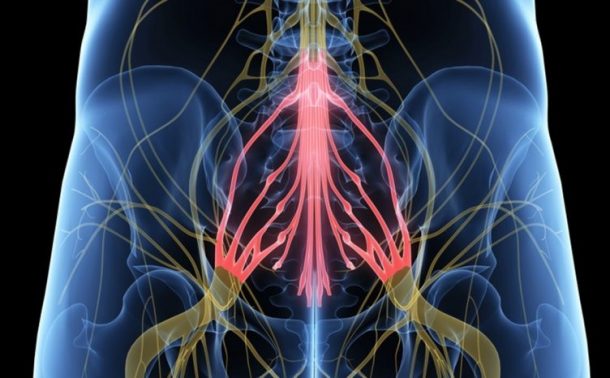The Effect of Chiropractic Techniques on the Cobb Angle in Idiopathic Scoliosis Arising in Adolescence
SOURCE: J Phys Ther Sci. 2016 (Apr); 28 (4): 1106–1110
Sunghak Byun, PhD and Dongwook Han, PhD, PT
Department of Physical Therapy,
College of Health and Welfare,
Silla University, Republic of Korea.
Purpose The purpose of this study was to examine whether chiropractic techniques would reduce the curvature of idiopathic scoliosis, which commonly occurs in elementary school children.
Subjects The subjects of this study were 5 healthy elementary students who listened to an explanation of the study methods and purpose of the study and agreed to participate in the experiment.
Methods The Cobb angle was measured by taking an X-ray (FCT-1, Dongmun, Goyangsi, Republic of Korea) taken from the rear, using X-ray film. The method of intervention this study used was application of chiropractic techniques. Spinal correction was carried out for 30 minutes per session, which included soft tissue massage, 3 times a week for 8 weeks.
Results It was established that the Cobb angle was noticeably decreased after 4 weeks of the intervention. Post Hoc analysis revealed that the Cobb angle noticeably decreased after 4 weeks compared with the Cobb angle before the chiropractic techniques were applied. However, no significant difference in Cobb angle was evident after the fourth week.
There are more articles like this @ our:
Conclusion This study demonstrated that chiropractic techniques can effectively reduce the Cobb angle within as little as 4 weeks. So, we can confirm that the chiropractic techniques were effective for reducing the curvature of idiopathic scoliosis.
Key words: Scoliosis, Cobb angle, Chiropractic technique
From the Full-Text Article:
INTRODUCTION
Most students today have many posture-related health problems due to academic stress and habits that cause inadequate posture, i.e, using a computer for long hours, incongruent height of a desk and a chair, heavy backpacks, and lack of exercise. [1] In particular, even when there is no clear cause, it is easy for spinal deformity to occur in adolescence, and once spinal deformity begins, the spinal curvature consistently becomes more severe. Therefore, it may develop into scoliosis. The word scoliosis was first used by Galen (AD 131-201), and it referred to one or more vertebrae slanting sideways and therefore exhibiting lateral declination and rotation. [2] Currently, a Cobb angle above 10° is defined as scoliosis [3], and in children, idiopathic scoliosis of unknown cause occurs quite commonly. [4] According to domestic and foreign reports, researchers have come up with different results, but it is commonly known that the prevalence rate of scoliosis is about 0.3% to 21.0%. [5]
Idiopathic scoliosis occurs slowly and gradually, hence it is hard for the parents and children themselves to discover it until it fully develops into scoliosis. [6] Complications that arise secondarily are malfunction [7], fatigue and pain [8], neurological complications, problems with appearance [9], psychological problems [10], and shortening of life expectancy. [11] Because of the many of health problems that appear as scoliosis advances, awareness of the need for early diagnosis of scoliosis and early conservative treatment is increasing. In particular, one report demonstrated that early discovery and treatment, and sometimes surgical intervention, are effective in managing scoliosis. [12] In 1981, it was discovered in Sweden that early examination and early treatment can reduce the progress of scoliosis from 40% to 63%. [13] In 15 of the 50 states of the United States, screening for scoliosis in school is required by law. The American Academy of Orthopedic Surgeons recommends that female students should be screened twice between the ages of 11 and 13 and that male students should be screened once between the ages of 13 and 14. [14]
Read the rest of this Full Text article now!





Leave A Comment